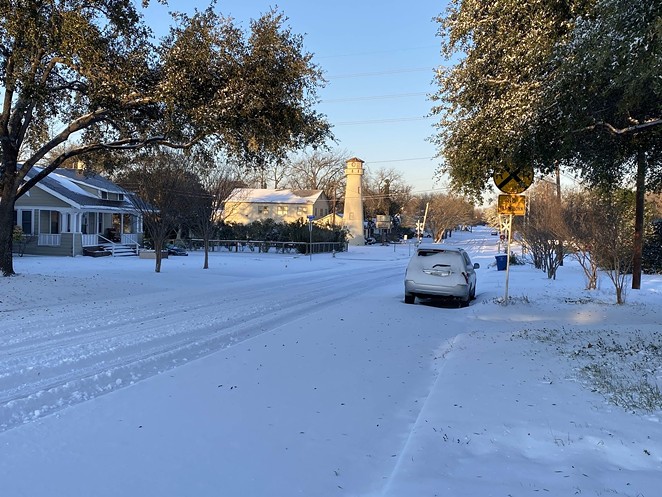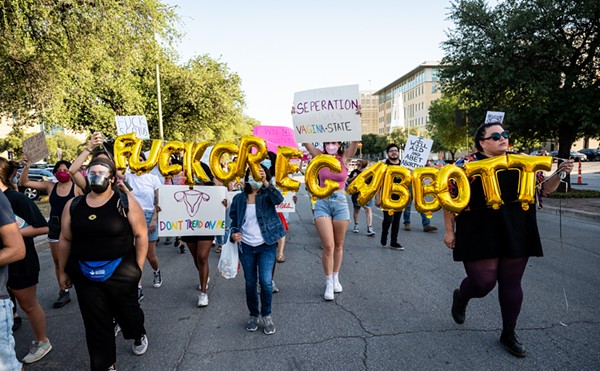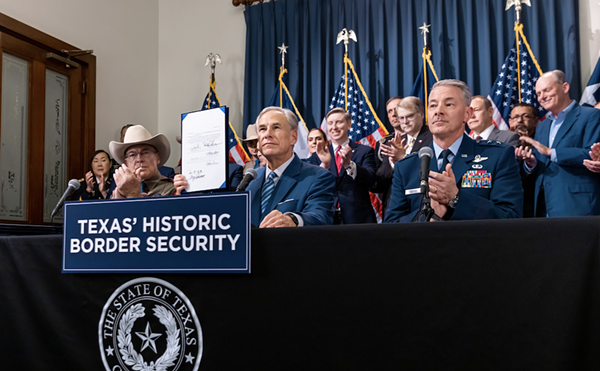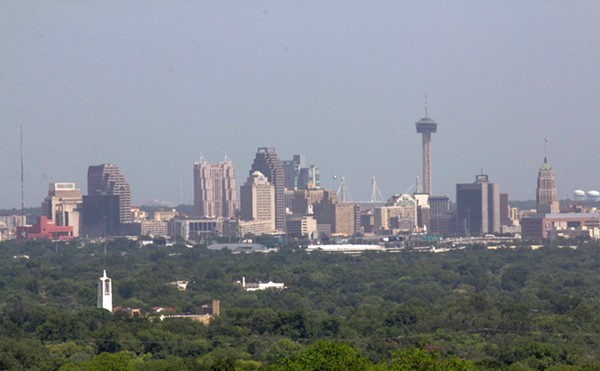
"And I sincerely doubt many know that 14% of CPS Energy’s revenues are remitted to the City of San Antonio’s general fund each year, accounting for 20% of the city’s operating budget.” — Bill Greehey, Foreword, Powering a City, 2017.
“If the truth be known, after all the breast beating and flailing about gas prices, the city government was an accomplice in the increases to consumers … The city is addicted to the CPS payment just as irrevocably as if it were an advanced state of heroin dependence. This is because the payment has covered the holes in our tax appraisal system [and] allowed large taxpayers to get away with low appraisals.” — Councilmember Henry Cisneros, December 1977.
For decades, the city government of San Antonio has been able to receive up to 14% of CPS Energy’s gross revenues, constituting a significant share of the dollars that pay for general fund services including police and fire, parks, recreation, libraries and street maintenance. The trust indenture that was part of the city’s purchase of the San Antonio Public Service Company in 1942 called for up to a 14% return, or “profit,” to the new owners: the residents of San Antonio.
That return had some particularly valuable features, unlike the property tax that largely funded the city at that time. The new public utility, City Public Service, provided gas and electricity to areas outside the city limits, effectively levying a San Antonio “tax” on residents of Olmos Park, Alamo Heights and Terrell Hills, as well as unincorporated areas of the county. And the city’s take of CPS revenues meant that as prices of natural gas and coal went up, the city government profited.Everything worked just fine with that arrangement. Until the mid-1970s, when natural gas prices went through the roof. The city sued its natural gas supplier, and CPS was obliged to raise its rates. By 1977, with public dissatisfaction growing with CPS and the city government over the gas price increases and monthly utility bills, city council chose to reduce the “take” on the gas portion of CPS service. The return on the utilities’ overall revenues was reduced from the 14% to 11.5%. That decision by council made clear that the 14% figure was a maximum — the city could, and did, choose to take a lesser fraction, lowering the burden on consumers.
But just as the city could lower its take, it could boost it as well. And so, notwithstanding then-councilmember Cisneros’ deep concern over the city’s “addiction,” the Texas oil crash of the 1980s changed the city government’s financial situation, and the political dynamic. Facing a serious budget deficit in early 1987, city council was forced to consider some unpleasant alternatives. City Manager Lou Fox initially proposed cutting dozens of vacant positions. But when it became clear that wouldn’t eliminate the millions in projected deficit, Councilmember Yolanda Vera argued for taking the full 14% return on CPS revenues.
The alternative, a boost in the property tax rate, was clearly anathema to city council — and to politically ambitious Mayor Cisneros, who was pushing to build a domed stadium. So, the final new budget adopted in September 1987 included taking the full 14% of CPS revenues.
What the council could reduce, the council could later increase.
The change back to the 14% take was a short-term fiscal fix. But it effectively became permanent, much as Cisneros had argued with his “addiction” comment in 1977. Still, city council — not CPS Energy — has the choice of where to set the city’s share of those revenues. Now, facing the bills for last winter’s freeze and the prospect of a serious rate hike as CPS finally deals with adapting its infrastructure to a future of more severe winter weather amidst climate change, is the time to revisit the 14% return.
The recent increases in property tax revenues from the growth in values have given the city government something of a windfall, despite the impact of the pandemic. Our councilmembers need to do what’s right and assure the public that the city won’t take the full 14% on the unusual costs of the big freeze, whatever the outcome of CPS Energy’s various lawsuits against natural-gas suppliers it accused of price gouging during the storm.
San Antonio residents shouldn’t have to pay for the mistakes or failings of CPS, or the cost of remedying them. It’s past time to revisit the “addiction” Henry Cisneros described in 1977.
Heywood Sanders is a professor of public policy at the University of Texas at San Antonio.
Stay on top of San Antonio news and views. Sign up for our Weekly Headlines Newsletter.
















